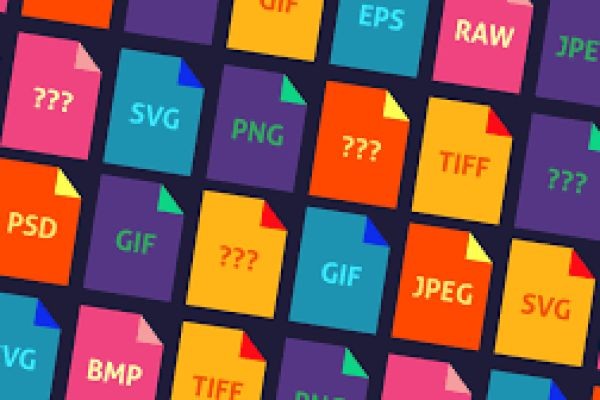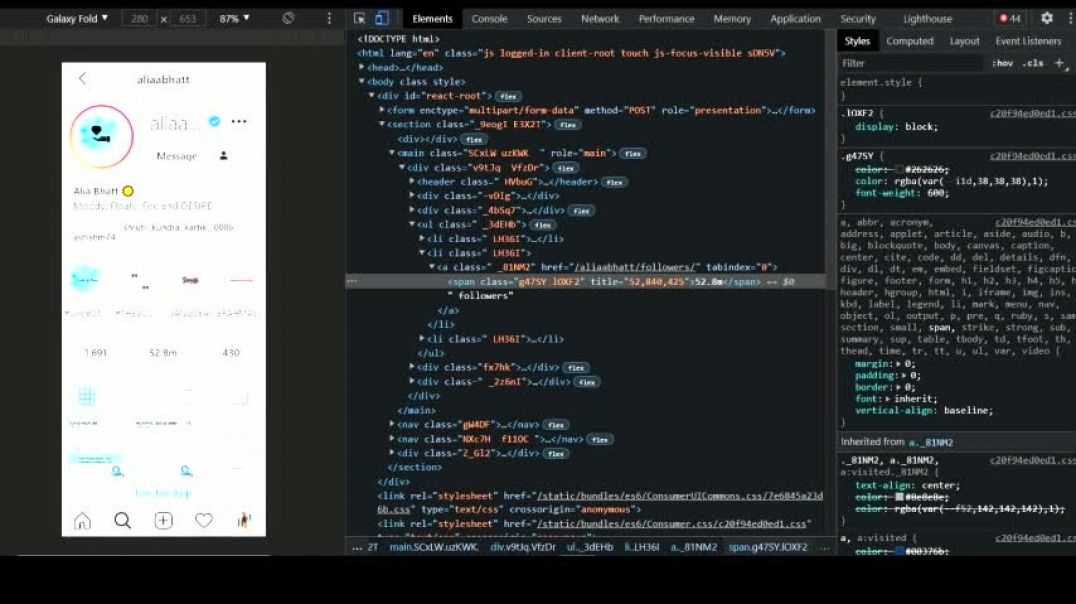In this article, we explain why it's important to know and use different types of files and provide a list of 21 common file types organized by their media format.
Why is it important to know different types of files?
In your career, it's important to know different file types so you can select the right one for your tasks. Professionals in many industries, including business, marketing, teaching and technology, may need to save and share different types of files. Understanding the file formats can help share information efficiently with your clients, colleagues and managers.
Certain software programs or emails only accept a particular file format. Learning about the different types can help prepare you for a variety of responsibilities in your workplace. If you're saving a file, you may need to choose from several options, and learning more about the file types can help you select the best one for the particular task. For example, when sending a graphic design for your company's logo, you want to select the right image format to ensure the picture maintains resolution and quality on your website.
5 types of image files
You may send images to display logos or graphics for a website or presentation. Here are some of the most common image file types you might encounter in the workplace:
1. Joint photographic experts group (JPEG or JPG)
This is one of the most common image file types. You might use this file when sending images for your company's website or social media page. This file compresses the image but maintains colors and graphics clearly. If you save this file multiple times, it will continue to compress, which means it will lose quality, so consider using this file when you plan to use it immediately.
2. Graphics interchange format (GIF)
When working with short animated graphics, you may use a GIF file. This file type support short clips or moving images. You may use this on a website, communication site or social media platform. This file is best for small or simple animated files.
3. Scalable vector graphics (SVG)
This file type is most common in website design. If you're designing a logo or graphic for a client's website or your company's website, you may work with SVG files. This extension supports smaller image files and short animations. This file type maintains a clear resolution and may work well with search engines, which could help clients find your graphic.
4. Portable networks graphic (PNG)
You can use a PNG format for sending images for web pages, such as logos or photographs. This format maintains its size and quality throughout multiple saves and changes. It's lower resolution than other file types, so it's best for websites rather than printed images.
5. Tagged image file format (TIFF or TIF)
A TIFF file is a high-quality image file type. You may use this file type when scanning documents, using a desktop publisher program or printing high-quality items. For example, if you are publishing a marketing pamphlet, you may upload TIFF files for the photographs. This can help you print high-resolution images. This is a large file type, so it's best to use an alternative image file type for your websites and web pages.
5 types of document files
You may use text files when sending documents to your colleagues or clients. Here are some of the most popular text file formats you might use:
1. Portable document format (PDF)
A PDF fileP is a common file type in many work environments. This file maintains the original document layout, which makes it helpful for signing paperwork and sharing plans. You can email, print and scan using this file format. This is a popular choice when sending or uploading resumes, as it maintains the document's original layout and formatting.
2. Word document (DOC and DOCX)
This file format, created by Microsoft, is the standard file type for documents in the Word processing software. If your company uses this software, you may use this file type to send and receive documents. You may also use this file format to share and edit documents with a variety of individuals. Some hiring managers prefer this file type for resumes and cover letters, so you may use it when sending job application materials if the job posting specifies this preference.
3. Hypertext markup language (HTML and HTM)
Developers and other professionals building websites or web content may use HTML files. This type of file works online and changes text into various elements on a website. For example, when making a website you can use HTML language to change the font and layout of the text.
4. Microsoft excel spreadsheet file (XLS and XLSX)
These are common spreadsheet file types you might see in your workplace. If you share spreadsheets, graphs or databases, you may save and share files in this format. You can use spreadsheets to measure and track a variety of information, such as numbers and contact information.
5. Text file (TXT)
The TXT file supports simple text documents. You may use a TXT to write notes, instructions or plain text. This file can work on different computers and processing software programs. If you want to create advanced formats or use different fonts, you may consider choosing a different file type.
5 types of video files
You may use video files for your company's website, marketing campaigns or presentations. Here are some of the most common video file types you might work with:
1. Moving picture experts group layer four (MP4)
The MP4 file format is a popular video format. Most computers and mobile devices can open and play MP4 videos, making it a common choice for professionals and companies sharing video content. You can use this file to send, upload and receive videos for your company's website or social media platforms. This file saves visual and audio information accurately, but it has a lower resolution than other video format types.
2. Audio video interleave (AVI)
This video file format, created by Microsoft, is another popular format you may encounter in the workplace. It is a large file type, which means it can take up a lot of space on your computer or cloud system. It maintains quality throughout multiple saves and changes. You may use this file format to share videos on social platforms or through your company's website.
3. QuickTime Movie file (MOV)
The MOV file, created by Apple, is a file type professionals may use with QuickTime software. This file works well for movies and longer videos, although the files can be large. You can edit these files in different sections, which may be helpful for longer projects. Depending on your industry, you may use this file to create training videos or promotional films.
4. Flash video format (FLV)
The FLV file format works well on streaming services and websites. It's a popular type of file that's small and easy to share, but it may not work with all mobile phones. If you're sharing content with clients on their phones, you may choose another file type. If you're uploading a video to a streaming website, this file may work well.
5. Advanced video coding, high definition (AVCHD)
Professional videographers may use this file format. It maintains high-quality images for short and long projects. If you're creating a professional video, for real estate, marketing or entertainment purposes, you may work with this file format.
3 types of presentation files
Depending on your position, you may use presentation files to prepare for a meeting or training. Here are some of the most common presentation file types:
1. PowerPoint presentation (PPT or PPTX)
This file type, created by Microsoft, is a popular way to share and upload presentations and slideshows. If your company using PowerPoint software, you may use the file type to save your slideshows. This file type helps you create and share visual presentations with your team members or clients. For example, you may share a PPT file with your team members after a meeting so they can refer to the slides and notes.
2. Open document presentation (ODP)
The ODP file format works with OpenOffice programs. If your organization uses this software program, you may share a presentation in this file format. You can create and share slideshows with text, graphics and animations.
3. Apple Keynote file (KEY)
The KEY file format works with Apple's Keynote program, where professionals can create and share visual presentations. You may add text slides, images, sounds and transition elements in this file format. You may choose to use this file type if your company, team members or clients use this software, or if you're sharing a presentation directly from your computer and you have this program installed.






